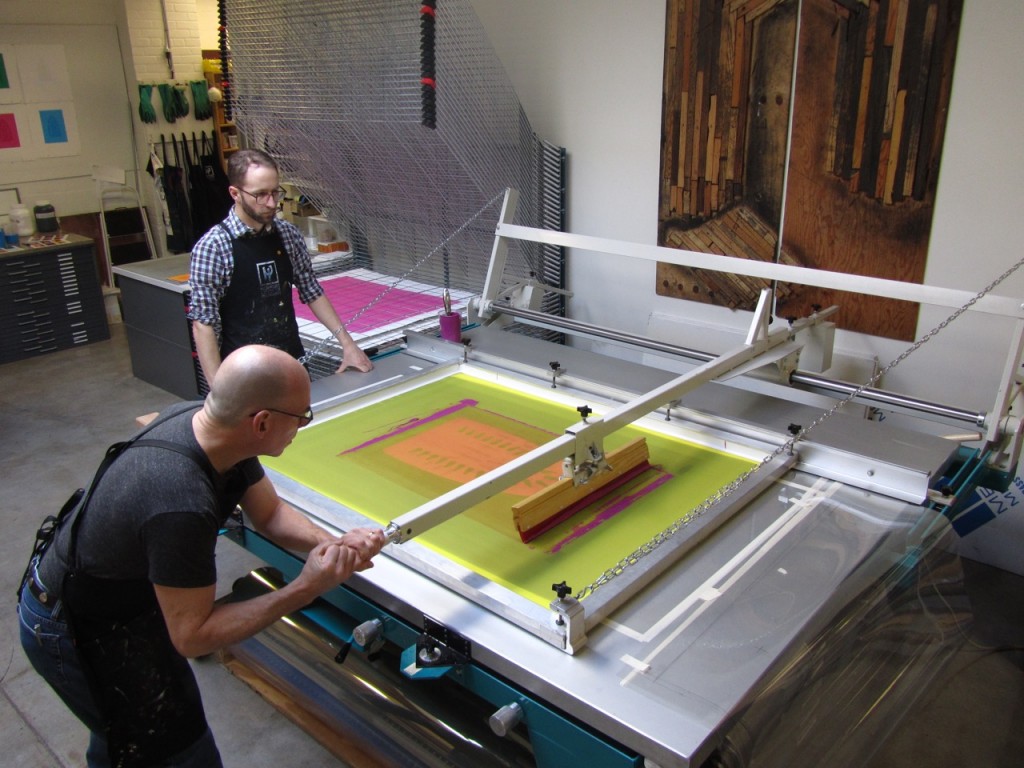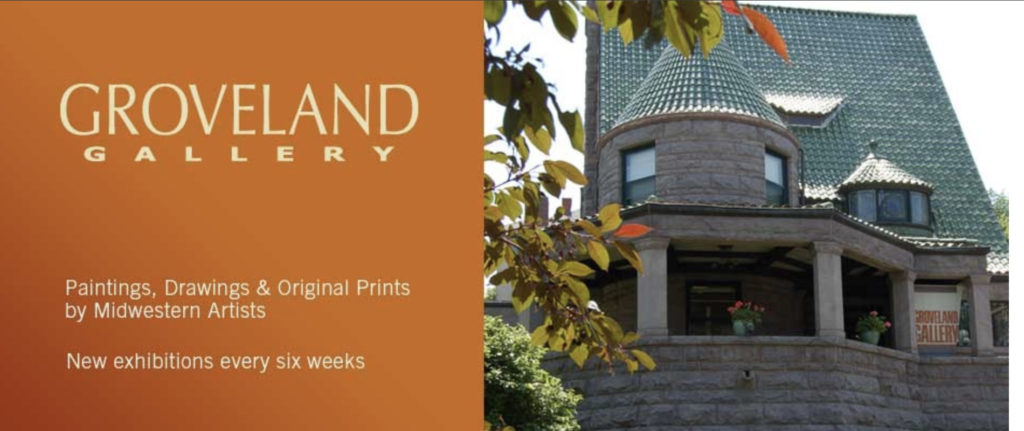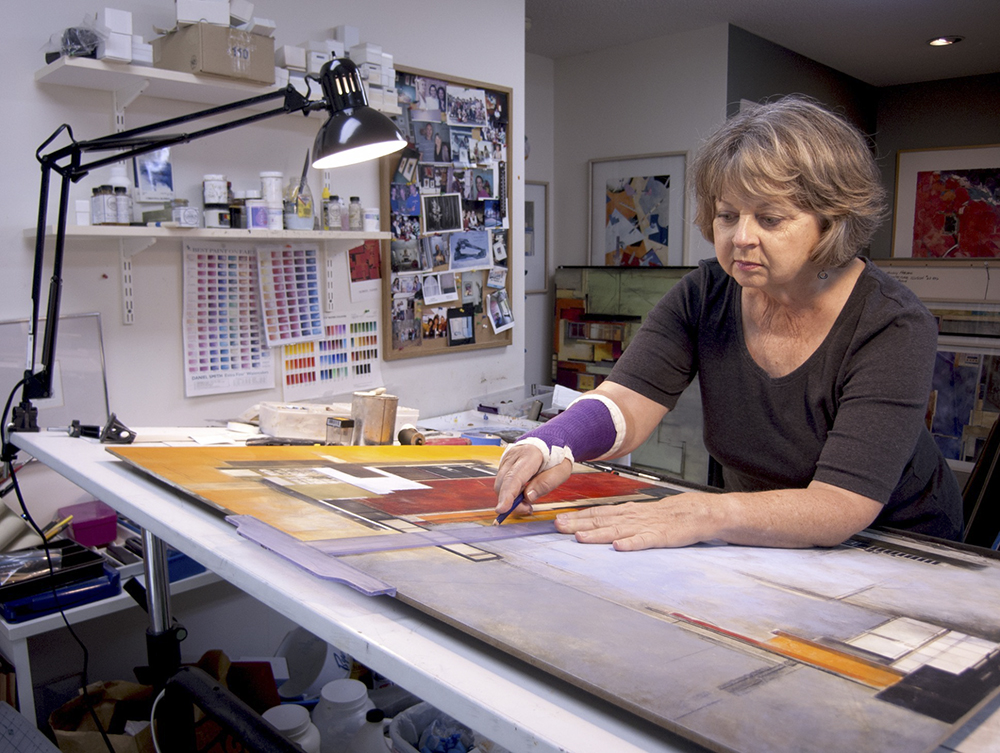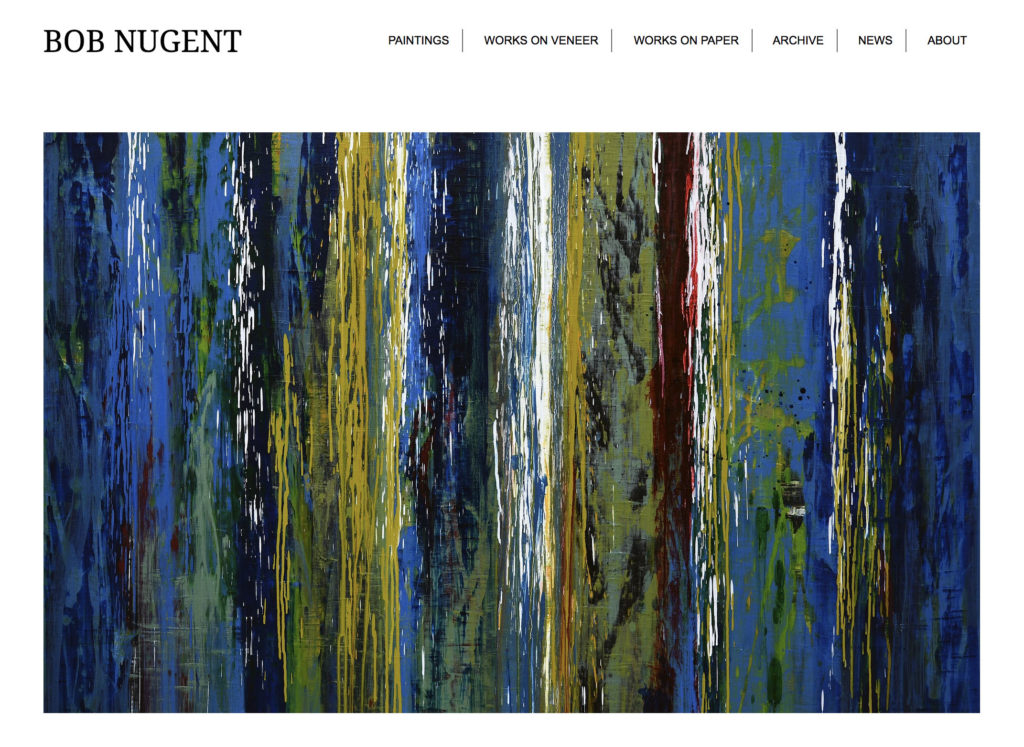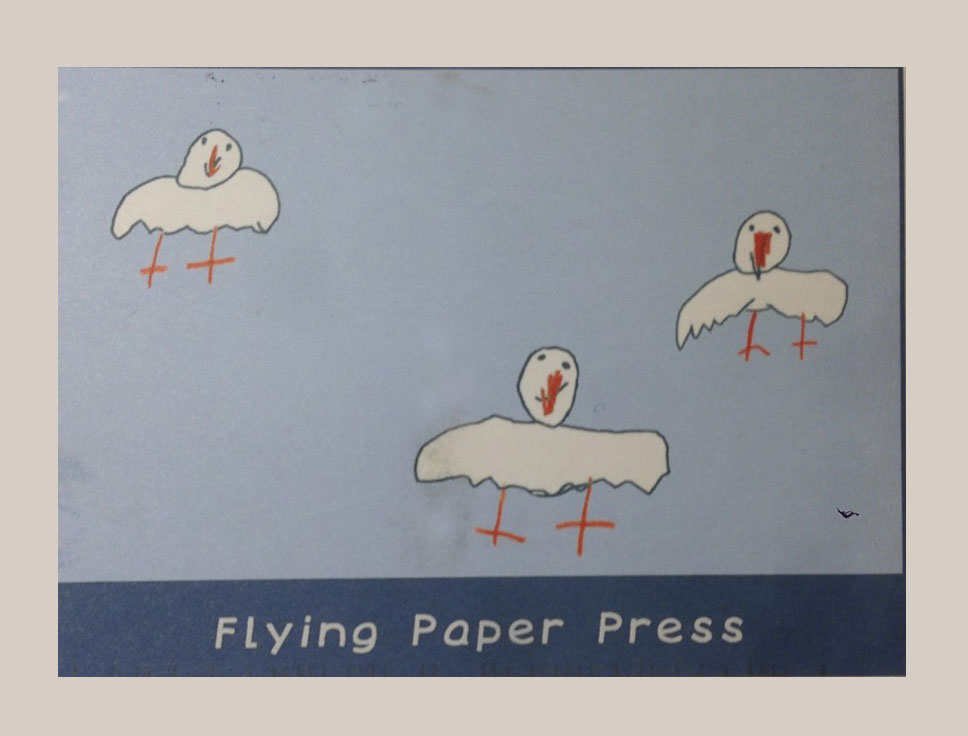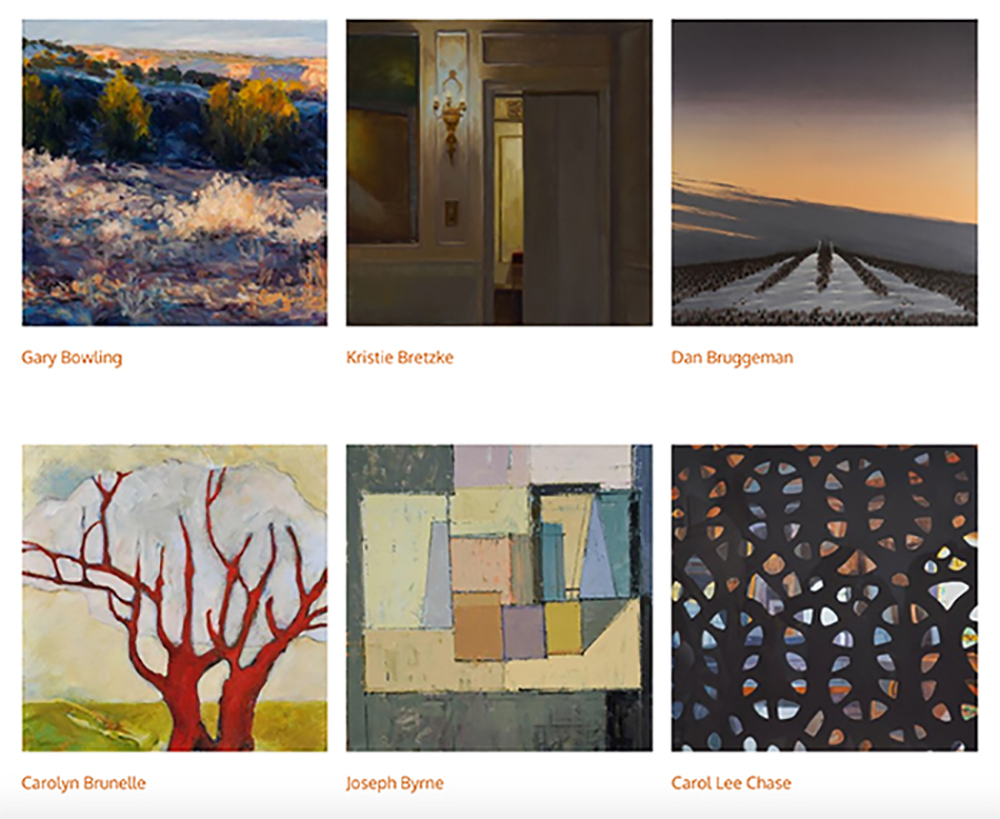Posts Tagged ‘marketing’
MARKETING – FINE ART PUBLISHERS
Master Printer Cole Rogers & Senior Printer Zac Adams-Bliss editioning Willie Cole’s large-scale screenprints, 2012. Image Courtesy of Highpoint Editions. The following was written by Jessica Kruckeberg, the Gallery Director, of Highpoint Center for Printmaking in a response to our request to give fine art students more information about how a fine art publisher works and…
Read MoreMARKETING – GALLERIES
The following was written by Sally Johnson, the director, and Nicole Watson, the gallery manager, of Groveland Gallery in a response to our request to give fine art students more information about how a gallery works and what the Groveland Gallery is looking for when they decide to represent an artist. The…
Read MoreStudio Business – Ginny Herzog
Studio business is a feature of Metropolitan’s blog that offers interviews with working artists. It is meant to show a diversity of views and share information about how to make a living as an artist and have a successful career in studio arts. This interview was conducted with Ginny Herzog. ARTIST STATEMENT Architecture has been…
Read MoreBUILDING A WEBSITE
For most artists a website is the number one tool for promoting their work. It acts as a catalog for collectors as well as an easy way for curators, gallerists, and art consultants to see your work. It allows you to post new work immediately. It a is a digital library that keeps you organized. It also…
Read MoreMARKETING – FUNDAMENTALS
Before you can start marketing your artwork you need to assemble information about your work. Artist statements, resumes, business cards, postcards, and mailing lists are all essential building blocks to building websites, visiting gallerists, and promoting exhibitions and open studio events. ARTIST STATEMENT An artist statement should tell the reader who you are and what…
Read MorePRICING YOUR ARTWORK
For many artists pricing is an emotional issue and they struggle to find a “fair” price. There are many aspects to consider when establishing your prices. Although you don’t have to price based on the competition or your costs, you do need to know who and what they are. Let’s start to demystify the process. SURVEY…
Read More